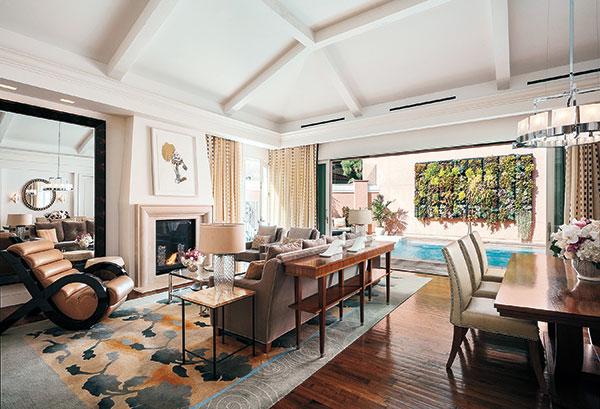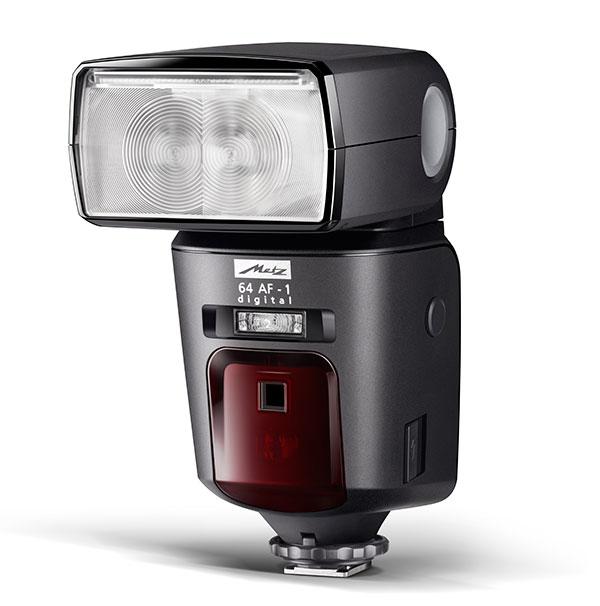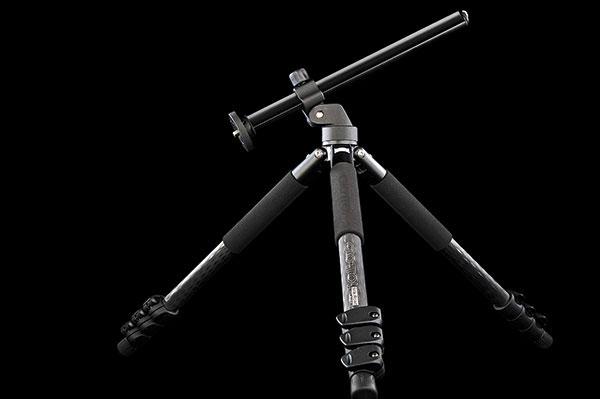Jack Neubart
|
Mar 20, 2015
|
Feb 17, 2015
|
Jan 20, 2015
|
Dec 12, 2014
|
Dec 05, 2014
|
Nov 21, 2014











